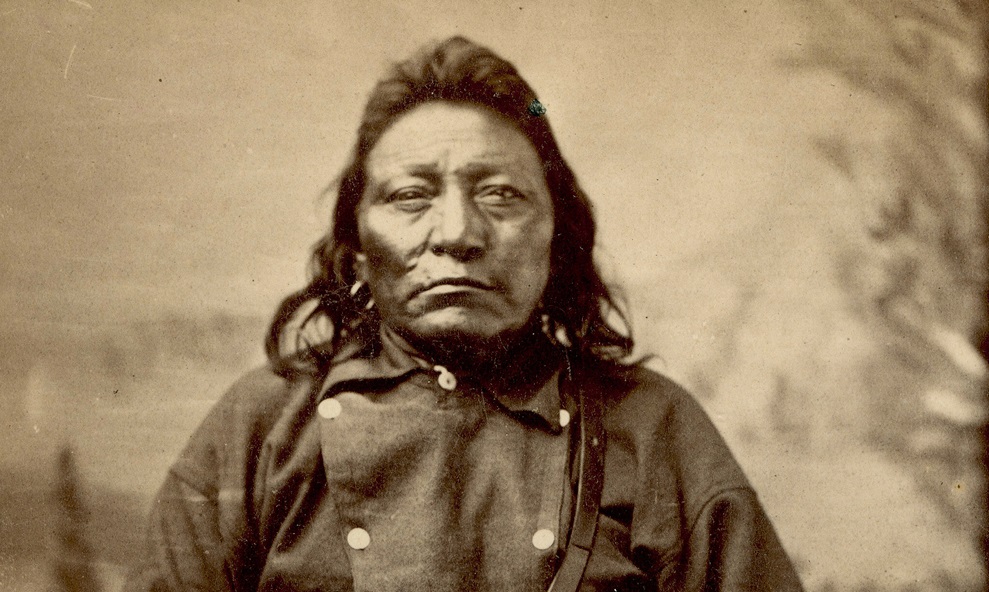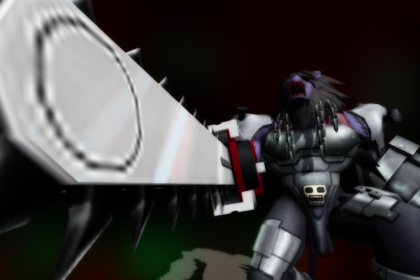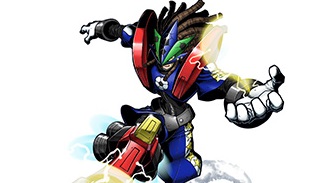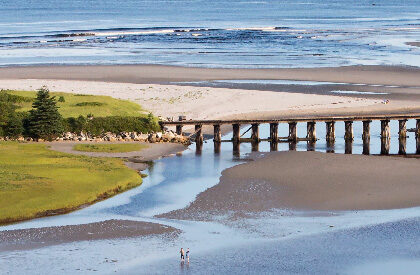Crazy Horse was a Native American war leader of the Oglala Lakota in the 19th century. He took up arms against the United States federal government to fight against encroachment by white American settlers on Indian territory and to preserve the traditional way of life of the Lakota people. Take a look below for 30 more fascinating and interesting facts about Crazy Horse.
1. His participation in several famous battles of the American Indian Wars on the northern Great Plains, among them the Fetterman massacre in 1866, in which he acted as a decoy, and the Battle of the Little Bighorn in 1876, in which he led a war party to victory, earned him great respect from both his enemies and his own people.
2. In September 1877, four months after surrendering to U.S. troops under General George Crook, Crazy Horse was fatally wounded by a bayonet-wielding military guard, while allegedly resisting imprisonment at Camp Robinson in present day Nebraska.
3. He ranks among the most notable and iconic of Native American warriors and was honored by the U.S. Postal Service in 1982 with a 13 cent Great Americans series postage stamp.
4. Sources differ on the precise year of Crazy Horse’s birth, but most agree that he was born between 1840 and 1845.
5. According to a close friend, he and Crazy Horse, “were both born in the same year at the same season of the year,” which census records and other interviews place in 1842.
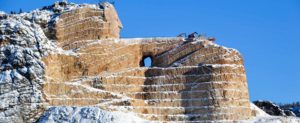
6. Crazy Horse was born to parents from two tribes of the Lakota division of the Sioux, his father being an Oglala and his mother a Miniconjou.
7. His father, born in 1810, was also named Crazy Horse.
8. Crazy Horse was named Cha-O-Ha, or In the Wilderness or Among the Trees, at birth, meaning he was one with nature.
9. His mother, Rattling Blanket Woman, gave him the nickname “Curly” or “Light Hair,” as his light curly hair resembled her own.
10. His mother died when Crazy Horse was just four years old.
11. One account said that after Crazy Horse reached maturity and shown his strength, his father gave him his name and took a new one, Worm.
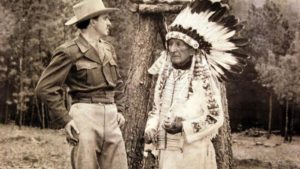
12. Crazy Horse’s cousin was Touch the Clouds. He saved Crazy Horse’s life at least once and was with him when he died.
13. Through traditional Lakota vision quests and fighting prowess skirmishes both with traditional enemy tribes and the colonial settlers, Crazy Horse grew in stature and respect among his people.
14. He participated in the Battle of Platte Bridge and the Battle of Red Buttes in 1965 to finally be elevated to the status of The Shirt Wearer, which was the leader in battle.
15. He became a regular leader of large war parties of mixed Lakota and Cheyenne warriors.
16. Despite his name, Crazy Horse was a quiet and reserved person.
17. While he was a brace and fearless leader in battle, he didn’t talk much when in the village. Like most Native American chiefs, he was very generous.
18. Crazy Horse gave away most of his own possessions to other people in his tribe. He was most passionate about protecting the traditional ways of his people.
19. When Crazy Horse was still a boy, a number of U.S. soldiers entered his camp and claimed that one of the village men had stolen a cow from a local farmer. An argument ensued and one of the soldiers shot and killed Chief Conquering Bear.
20. Crazy Horse became war chief at the age of 24.
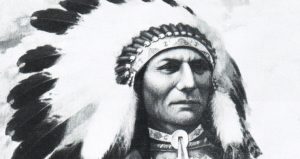
21. In 1876, Crazy Horse led his men into battle against Colonel George Custer at the Battle of Little Big Horn. A few days before the battle, Crazy Horse and his men held off the advancement of General George Crook at the Battle of Rosebud. This left Colonel Custer’s men badly outnumbered.
22. At the Battle of Little Bighorn, Crazy Horse and his warriors helped to surround Custer’s men. When Custer dug in to make his famous last stand, legend has it that it was Crazy Horse who led the final charge overwhelming Custer’s soldiers.
23. The Crazy Horse Memorial in the Black Hills of South Dakota has a monumental sculpture of Crazy Horse was is 563 feet high and 641 feet long.
24. He refused to be photographed.
25. He had a daughter named They Are Afraid of Her.
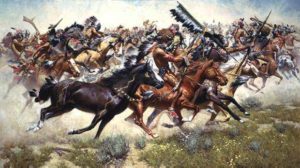
26. The Last Sun Dance of 1877 is significant in Lakota history as the Sun Dance held to honor Crazy Horse one year after the victory at the Battle of the Little Big Horn, and to offer prayers for him in the trying times ahead.
27. Crazy Horse attended the Sun Dance as the honored guest but didn’t take part in the dancing.
28. Five warrior cousins sacrificed blood and flesh for Crazy Horse at the Last Sun Dance of 1877. The five warrior cousins were three brothers, Flying Hawk, Kicking Bear and Black Fox II, all sons of Chief Black Fox.
29. Crazy Horse married Black Shawl, a member of the Oglala Lakota and relative of Spotted Tail. The elders sent her to heal Crazy Horse after his altercation with No Water.
30. Black Shawl outlived Crazy Horse. She died in 1927 during the influenza outbreaks of the 1920s.

